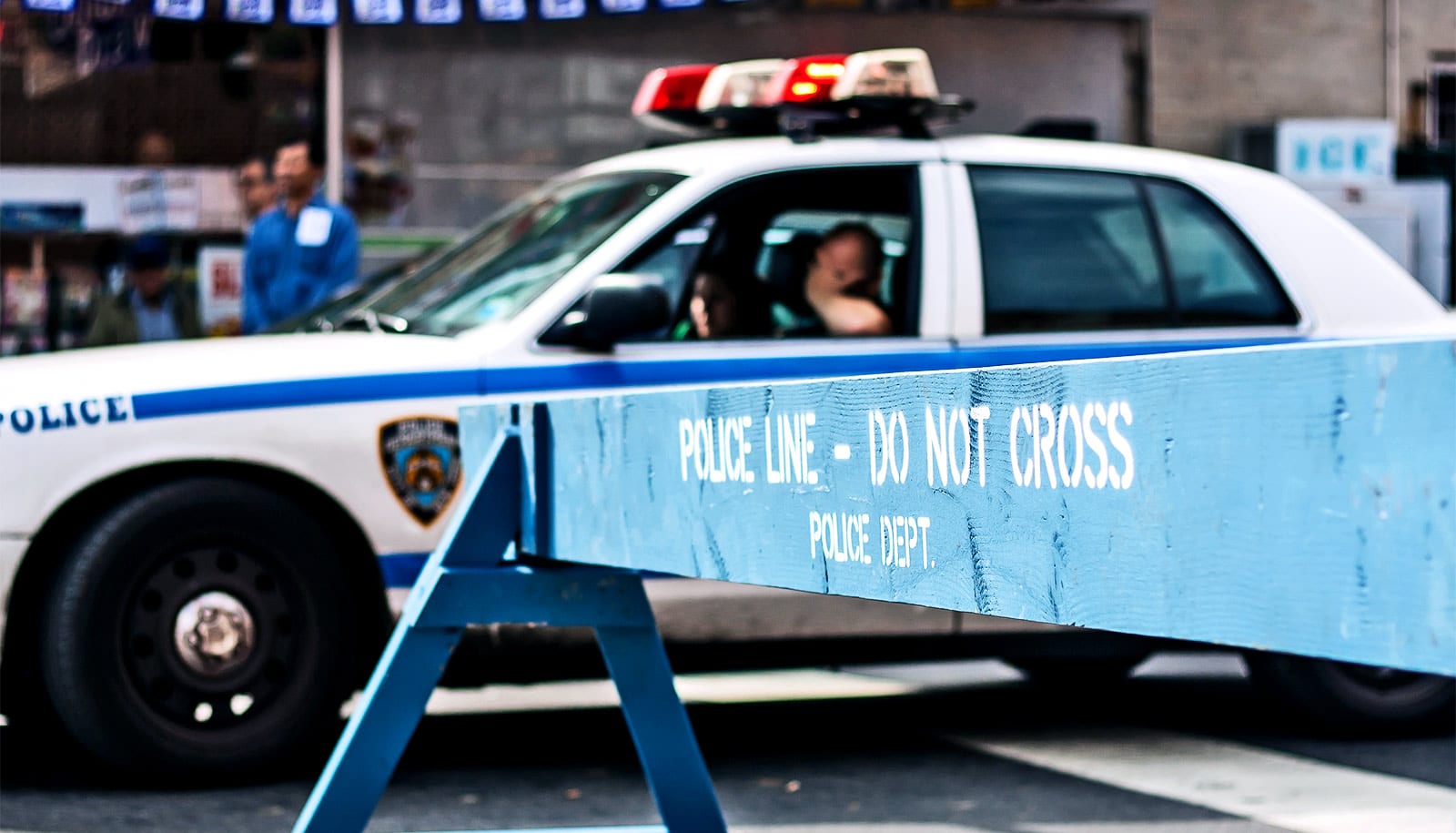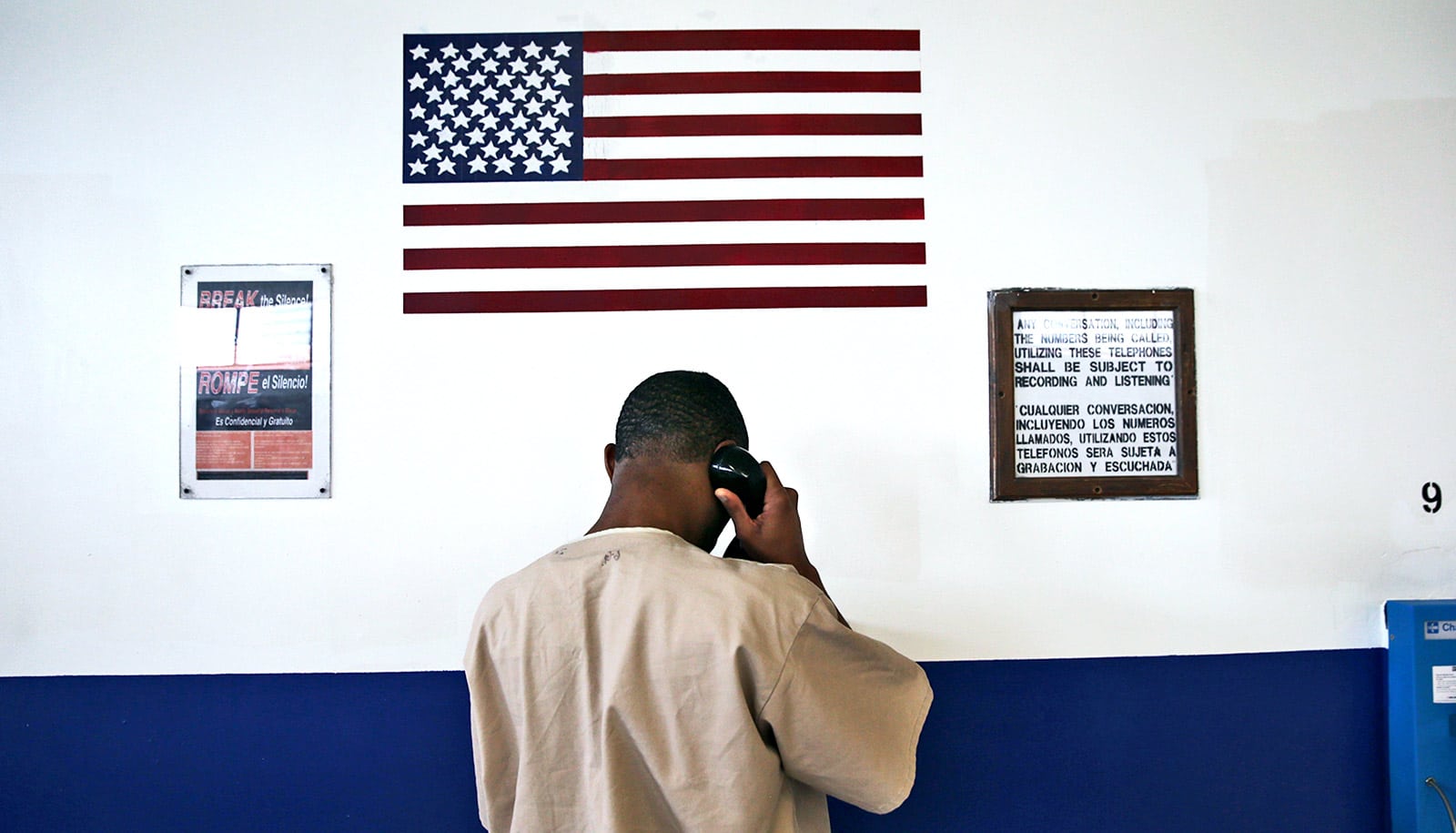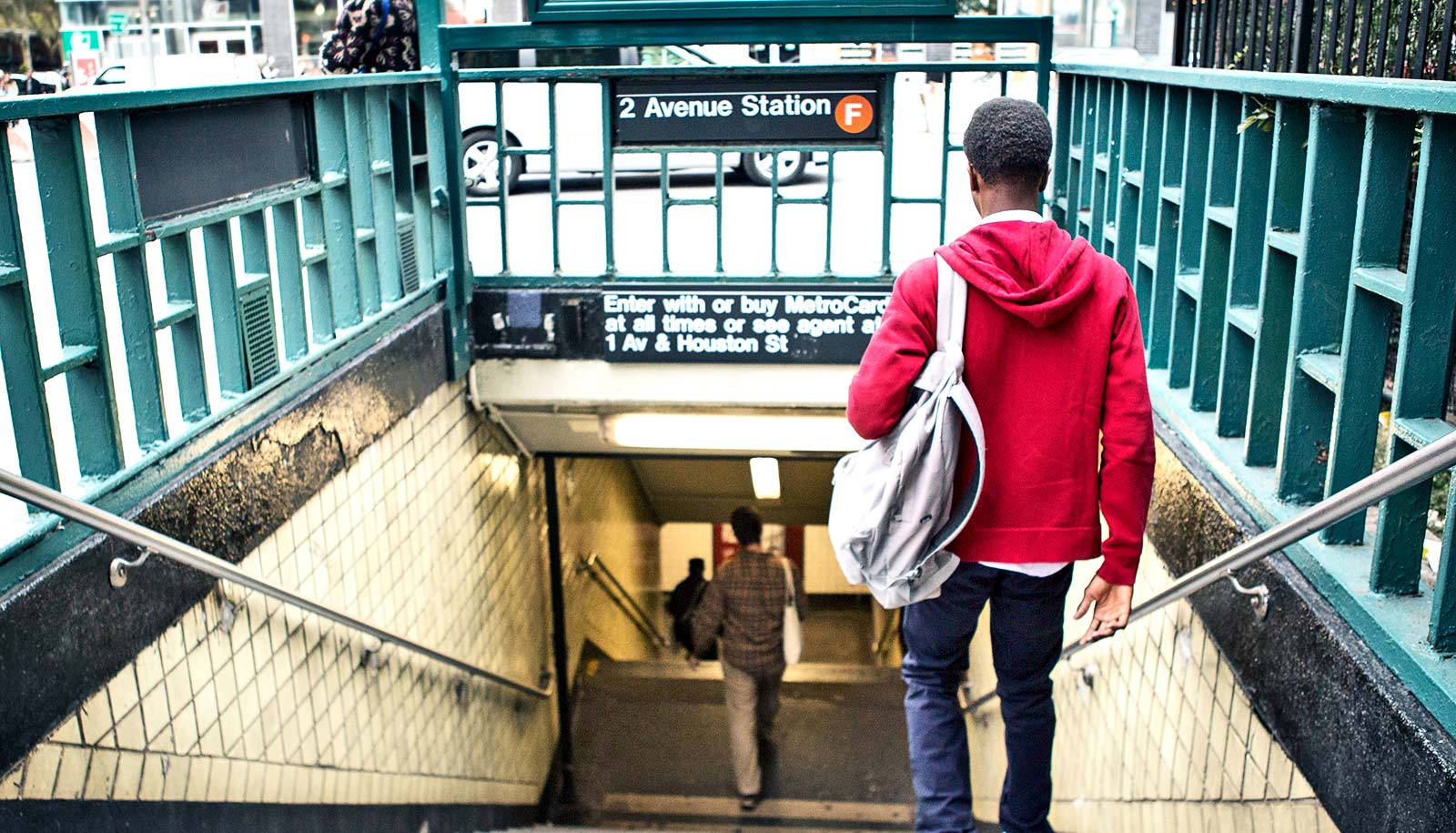Black and Latino teen boys stopped by the police report more frequent engagement in delinquent behavior from that point on, according to a new study.
The research also demonstrates that police stops have a negative impact on these adolescents’ psychological well-being.
“Our findings indicate that the single most common proactive policing strategy—directing officers to make contact with individual boys and young men in ‘high crime’ areas—may impose a terrible cost on black and Latino youth across the country,” says study author Juan Del Toro, doctoral candidate in the Steinhardt School’s applied psychology department at New York University.
“Police stops are associated with harmful outcomes including subsequent delinquent behavior and psychological distress that may be even more harmful when they occur earlier in boys’ lives. These consequences warrant urgent attention from social scientists and policymakers.”
The more often a boy was stopped by the police, the more frequent his engagement with criminal behavior was.
Police agencies across the country have sought out to reduce crimes by shifting to what is known as “proactive policing”—proactively deploying officers to places where crime is likely to be reported and to engage with people most likely to be accused of those crimes.
A recent review of research demonstrates that proactive policing is associated with reduced crime, however, the same research also acknowledges that proactive policing can negatively affect the public legitimacy of law enforcement and even push people to avoid law-related officials altogether.
The research also ignores the potentially negative effects of proactive policing on racial disparities or youth criminality. The new research by Del Toro addresses the research gap by studying and finding that police stops increase the likelihood that black and Latino adolescents’ will engage in subsequent delinquent behavior.
Del Toro’s research focused on boys, and nonwhite boys in particular, because they are far more likely to experience police stops, arrests, or other contact with law enforcement compared to their peers.
Del Toro points to New York City where in 2016, more than 90 percent of people subjected to police stops were male—out of those, 52 percent black, 29 percent Latino, 10 percent white. Forty-seven percent were juveniles aged 14-24. Of the juveniles who experienced police encounters, only 7.2 percent were female and 7.5 percent were white.
The younger a boy was the first time he was stopped, the greater the increase in subsequent delinquent behavior six months later.
Del Toro and his team recruited boys from six public high schools in high-intensity policing neighborhoods and studied their encounters with law enforcement over two years. The boys in the sample self-identified as Latino (57.5 percent of the sample), black (23.1 percent of the sample), and other nonwhite (19.4 percent of the sample). All boys were equally susceptible to police stops and encounters, regardless of their prior engagement with delinquency.
The research also found that the more often a boy was stopped by the police, the more frequent his engagement with criminal behavior was six, 12, and 18 months later. Past criminal behavior did not predict more police encounters.
Additionally, psychological distress partially mediated the relationship between police stops and subsequent delinquency. The younger a boy was the first time he was stopped, the greater the increase in subsequent delinquent behavior six months later.
Additional coauthors are from the Urban Institute; the Center for Policing Equity; Second Measure; the City University of New York; and Stanford University.
The research appears in Proceedings of the National Academy of Sciences.
Source: New York University



